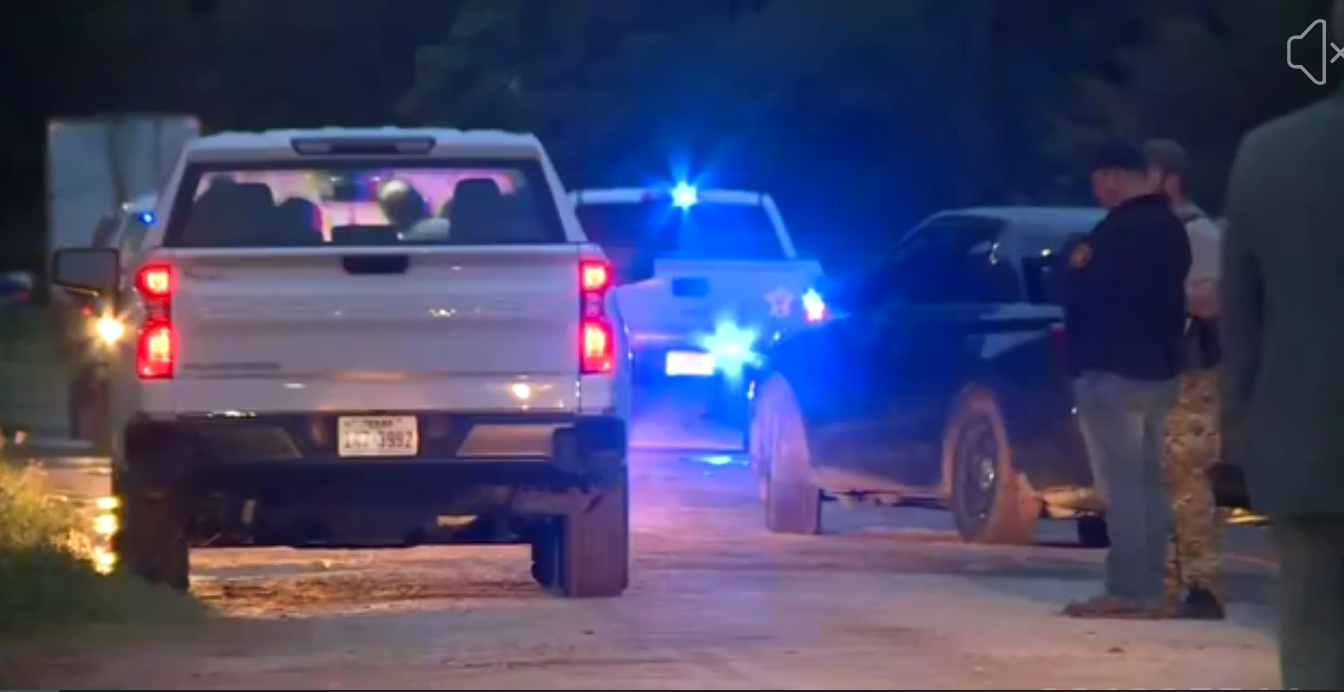It is a typical North Texas day when suddenly, you hear thunder. This means that lightning is not far away. While we might think of lightning as only affecting those caught in the middle of a field or stuck on a hilltop. A lightning strike can strike anywhere outside.
In 2022, nearly 200 million lightning strikes were recorded with the nation being struck by 194 million bolts of electricity. Texas led the nation with 27.7 million lightning strikes. Florida leads the nation with lightning density at 285 lightning strikes per square mile. Lightning kills an average of 49 people a year across the United States every year.

WHAT CAUSES LIGHTNING?
Thunderstorms that develop require several ingredients to form. They need warm, humid air, a lifting mechanism, and an unstable atmosphere generally caused by a clash of temperatures. When the warm, humid air begins to rise through an unstable atmosphere, it condenses into tiny water droplets or bits of ice. This turbulence generated by the lifting and unstable atmosphere helps to create a static charge within the clouds. The rising and falling drops and ice separate those charges into different parts of the cloud, with negative charges collecting at the bottom of the cloud while positive charges collect near the top of the cloud.

This buildup of an electrical charge eventually leads to a static discharge. Initially, a small spark called a stepped leader reaches from the bottom of the cloud toward the ground, causing a similar reaction on the ground as an oppositely charged spark begins to reach back up. When both charges meet, an intense burst of energy is exchanged between the cloud and the ground resulting in the bright flashes of lightning that we see. There can be several discharges, resulting in multiple flashes. This lightning bolt can heat the air it passes through to 50,000 degrees (5 times hotter than the surface of the sun). All of this occurs in less than a second, giving very little warning as to when or where lightning may strike. The random nature of lightning makes it very dangerous and unpredictable to anyone outside in a thunderstorm.
WHAT TO DO IF IT IS LIGHTNING?

Lightning can strike up to 25 miles away from the parent thunderstorm. In April 2020, a lightning strike reached a record 477 miles from Texas to Mississippi. Therefore, if you can hear thunder, you can be close enough to be hit by lightning. Seek shelter in a sturdy indoor structure away from windows, doors and skylights until the storm has passed. If you must take shelter in a car, roll up the windows and avoid touching anything that may conduct electricity. You generally need to wait at least 30 minutes after the last rumble of thunder to ensure it is safe to resume outdoor activities.
Local
The latest news from around North Texas.
If you have plans to be outdoors and thunderstorms are in the forecast, always keep an eye on the North Texas sky!



